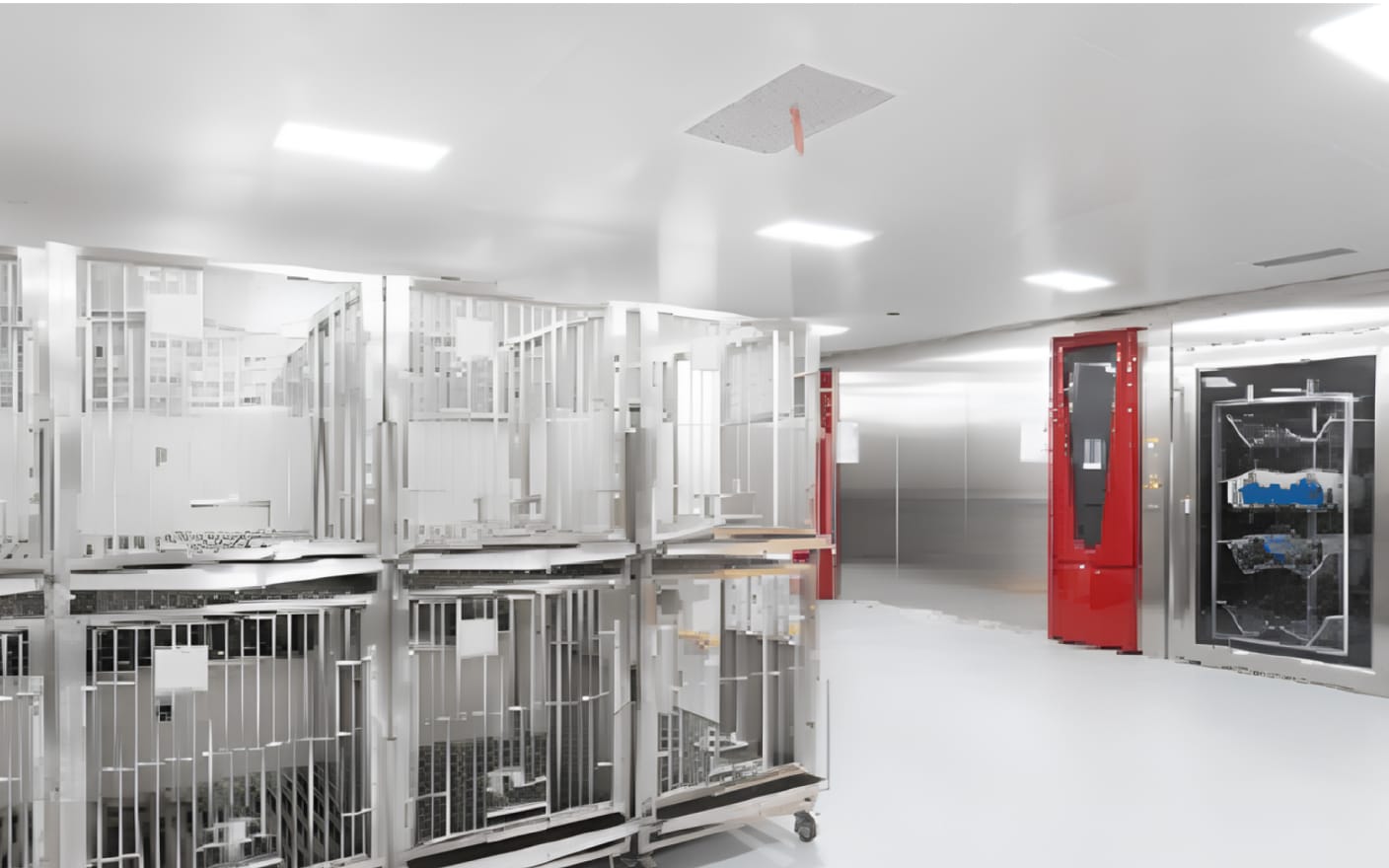Neurological disorders are characterized by irreversible damage to nerve cells, complex pathogenesis, and challenges posed by the blood-brain barrier (BBB) that limits drug access to the central nervous system (CNS). Only about 5% of small molecule drugs can cross the BBB, while large molecules struggle to penetrate it. To effectively target the CNS, drugs are often administered directly through the nervous system, including cerebrospinal fluid (CSF) injections (such as lateral ventricle, cerebellar cisterna, or lumbar punctures) and nasal delivery. Among these, intrathecal administration (also known as lumbar puncture) is favored for its simplicity, repeatability, and reduced surgical risks.
4 best practices for intrathecal administration
In preclinical studies for CNS-targeted drugs, drug dosing, and sample collecting in large animal pharmacokinetic (PK) experiments can be technically challenging due to the intricate structure of CNS. We have identified four best practices based on regulatory requirements, literature, and our extensive experience.
Optimizing injection methods to increase the success rate of administration
To enhance the success rate of intrathecal administration, optimizing the injection site, device, and technique is imperative. Intrathecal injection (lumbar puncture) is performed at the injection sites shown in Figure 1, typically between the L3-L7 vertebrae. Take siRNA for example, 60mg/animal, a successful administration is defined as achieving an initial concentration of ≥1 mg/mL one hour post-injection. WuXi AppTec DMPK currently reports a success rate of approximately 90%, which reaches the upper limit of the literature reports the rate of 30-90% 1.

Figure 1. Sites of intrathecal injection
Employing lumbar spine intubation for repeat intrathecal administration
The lumbar spine structure of dogs is not the same as that of monkeys, and the IT puncture success rate is low, so lumbar spine intubation is performed when IT is administered in dogs

Figure 2. Two repeat intrathecal administration routes and an example image
Sampling tissues of different brain regions
It is necessary to evaluate whether the oligo drug has a gradient distribution from the lumbar spine to the head. We recommend collecting samples from various brain regions, including lumbar, thoracic, and cervical spinal cords, as well as the temporal and frontal cortices, brainstem, cerebellum, and major organs like the liver and kidneys. Table 1 shows a gradient distribution of the marketed oligo drug Nusinersen.
Tissue | Day 29 | Day 365 |
Lumbar spinal cord | 91.4 | 4.34 |
Thoracic spinal cord | 35.8 | 1.96 |
Cervical spinal cord | 19.9 | 1.86 |
Temporal cortex | 16.6 | 2.07 |
Frontal cortex | 13.6 | 1.96 |
Brain stem | 10.2 | 0.472 |
Cerebellum | 3.74 | 1.09 |
Kidney cortex | 61.3 | 0.652 |
Liver | 4.74 | BLQ |
Table 1. Multiple IT doses of Nusinersen to adult monkeys in preclinical study 2
*: μg/g. After 4 weekly 1 mg doses in adult monkeys (total dose = 4 mg over 3 weeks), collect tissues on Day 29, 85, 183, 253, and 365. BLQ: below the limit of quantification (< 0.015 µg/g).
Extending sampling period for Oligo drugs
Given that the elimination half-life of oligonucleotide drugs administered intrathecally may be prolonged (e.g., Nusinersen has a half-life of 139 ± 54 days in CNS tissues), it’s advisable to extend the tissue collection period.
Validation experiments for intrathecal administration
Following intrathecal administration of a test article at 10 mg per cyno, the average Cmax and AUC of the TA in plasma were 6000 ng/mL and 26000 ng. h/mL, while the Cmax and AUC of TA1 in CSF were 900000 ng/mL and 1550000 ng. h/mL. The AUC ratio between CSF and plasma was 60.0. These results indicate that the injection was successful and intrathecal administration significantly increased the exposure of the drug in the central nervous system, while the exposure of the drug in the bloodstream was significantly reduced.
The comparable drug T1/2 observed in both CSF and plasma following lateral ventricle or intrathecal administration indicates that the drug, after successful injection into the lateral ventricle or the cerebellar bulbar cisterna, is being eliminated from both compartments at a similar rate. This finding suggests a balanced distribution and elimination between CSF and plasma, highlighting the effective distribution of the drug throughout the central nervous system.
A final word
Drawing on a wealth of over 15 years of experience in preclinical CNS drug development, WuXi AppTec has established a comprehensive in vivo platform for evaluating CNS drug properties. This enables rapid, accurate, and efficient assessments. In addition to conventional administration methods, WuXi AppTec DMPK offers advanced intrathecal administration and CSF collection techniques, creating a robust platform for CNS drug delivery, and supporting clients in accelerating their CNS-targeted drug development projects.

Figure 3. CNS drug large animal research platform in WuXi AppTec DMPK
Authors: Liping Tang, Shoutao Liu
Committed to accelerating drug discovery and development, we offer a full range of discovery screening, preclinical development, clinical drug metabolism, and pharmacokinetic (DMPK) platforms and services. With research facilities in the United States (New Jersey) and China (Shanghai, Suzhou, Nanjing, and Nantong), 1,000+ scientists, and over fifteen years of experience in Investigational New Drug (IND) application, our DMPK team at WuXi AppTec are serving 1,600+ global clients, and have successfully supported 1,500+ IND applications.
Talk to a WuXi AppTec expert today to get the support you need to achieve your drug development goals.
Reference
1. International Patent Publication Number QO 2022/174000 A2.
2. Nusinersen FDA and EMA Review.
Related Services and Platforms




-

 In Vivo PharmacokineticsLearn More
In Vivo PharmacokineticsLearn More -

 Therapeutic Areas DMPK Enabling PlatformsLearn More
Therapeutic Areas DMPK Enabling PlatformsLearn More -

 Rodent PK StudyLearn More
Rodent PK StudyLearn More -

 Large Animal (Non-Rodent) PK StudyLearn More
Large Animal (Non-Rodent) PK StudyLearn More -

 Clinicopathological Testing Services for Laboratory AnimalsLearn More
Clinicopathological Testing Services for Laboratory AnimalsLearn More -

 High-Standard Animal Facilities and Animal WelfareLearn More
High-Standard Animal Facilities and Animal WelfareLearn More -

 Preclinical Formulation ScreeningLearn More
Preclinical Formulation ScreeningLearn More
Stay Connected
Keep up with the latest news and insights.











